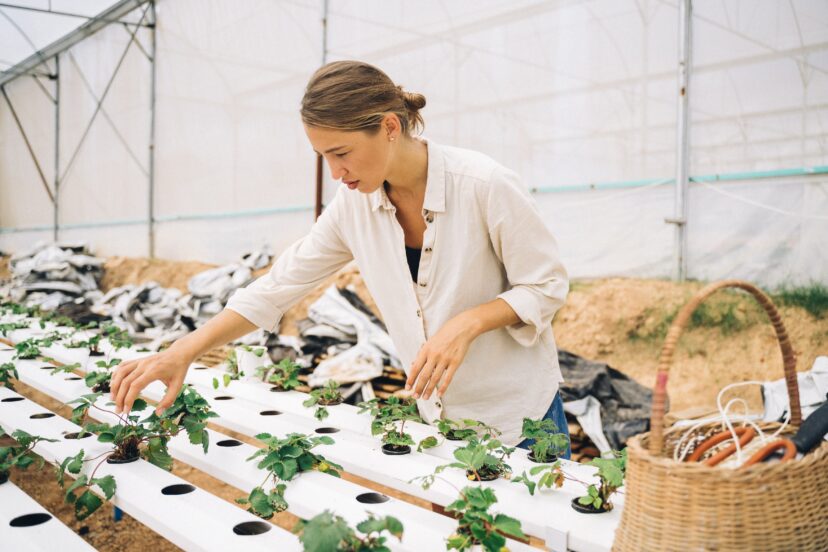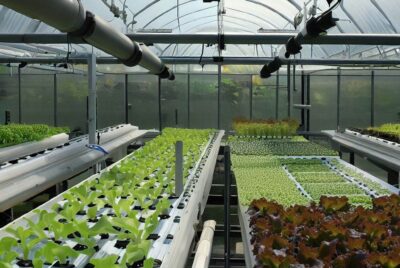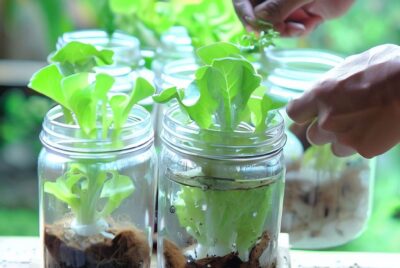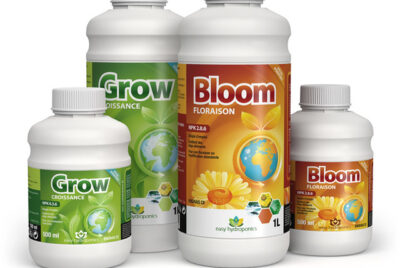Hydroponic Pots and Planters for Successful Gardening
*We may earn a commission for purchases made using our links. Please see our disclosure to learn more.
Introduction
When it comes to hydroponic gardening, choosing the right pots and planters is crucial for the success of your plants. In this article, we will explore the various types of hydroponic pots and planters available, as well as important factors to consider when selecting them. Let’s dive in!
Factors to Consider when Choosing Pots and Planters
- Space availability and limitations: Assess the area where you plan to set up your hydroponic garden. Consider the size and layout of the space to determine the most suitable pots and planters.
- Plant size and growth requirements: Different plants have varying root systems and growth habits. Select pots and planters that can accommodate the specific needs of your plants, ensuring sufficient space for root development.
- Water and nutrient delivery methods: Evaluate the different water and nutrient delivery systems available. Some options include drip irrigation, ebb and flow systems, and aeroponics. Choose a method that aligns with your gardening preferences and the requirements of your plants.
- Cost and maintenance considerations: Determine your budget and consider the long-term maintenance requirements of the pots and planters you’re considering. Some systems may require additional equipment or regular replacement of components, so factor in these costs when making your decision.
- Recommendations and reviews: Research popular hydroponic pots and planters, read reviews from experienced gardeners, and seek recommendations from experts. Their insights can help you make an informed choice.
Different Types of Hydroponic Pots and Planters
- Net pots: These pots, usually made of plastic or mesh, provide excellent root aeration and drainage. They are ideal for plants with extensive root systems, such as tomatoes and peppers.
- Grow bags: Made of fabric, grow bags offer versatility and good drainage. They are lightweight, reusable, and suitable for growing a variety of plants, including herbs and leafy greens.
- Tower pots: These vertical planters maximize space utilization, allowing you to grow plants in a compact area. They are commonly used for strawberries, herbs, and small vegetables.
- Aeroponic pots: Utilizing a misting system, aeroponic pots provide plants with a highly oxygenated and nutrient-rich environment. They are great for fast-growing plants like lettuce and herbs.
- Other innovative options: Explore unique planters like PVC pipe systems, vertical gardens, or modular hydroponic kits. These options offer creative and space-efficient solutions for hydroponic gardening.
Setting Up Hydroponic Pots and Planters
Before setting up your pots and planters, follow these steps:
- Prepare the growing area: Clean and organize the space where you’ll place your hydroponic system, ensuring adequate lighting and access to water and electricity.
- Choose suitable growing media: Select a growing medium that provides support, retains moisture, and allows proper root aeration. Common options include perlite, coconut coir, vermiculite, and Rockwool.
- Assemble the hydroponic system: Follow the manufacturer’s instructions to set up your chosen pots and planters, connecting them to the water and nutrient delivery system.
- Establish water and nutrient delivery: Ensure a steady supply of water and nutrients to your plants. Set up timers or automated systems for precise and consistent delivery.
- Planting and transplanting techniques: Carefully plant or transplant your seedlings into the hydroponic pots or planters, ensuring their roots are properly covered with the growing medium.
Maintenance and Care Tips for Hydroponic Pots and Planters
To ensure the health and productivity of your hydroponic garden, consider the following maintenance and care tips:
- Regular monitoring of water and nutrient levels: Check and adjust the water and nutrient solution regularly to maintain optimal levels for plant growth.
- pH and EC level adjustments: Measure and adjust the pH and electrical conductivity (EC) of the nutrient solution to ensure the proper balance of nutrients.
- Proper control of light exposure: Position your hydroponic system in an area with adequate light or use artificial grow lights to provide the necessary spectrum and intensity for plant growth.
- Inspection and cleaning of the system: Regularly inspect your hydroponic system for clogs, leaks, or signs of damage. Clean the system and its components to prevent the buildup of algae, mineral deposits, or pathogens.
- Prevention and management of pests and diseases: Implement preventive measures such as proper hygiene, sterilization of equipment, and regular inspection to minimize the risk of pests and diseases. If issues arise, promptly address them using organic or suitable pest control methods.
Harvesting and Utilizing Hydroponic Produce
The joy of hydroponic gardening culminates in harvesting your homegrown produce. Here’s how to make the most of it:
- Recommended harvesting techniques: Follow the recommended harvesting techniques for each plant variety to ensure optimal flavor and quality.
- Proper storage and usage of harvested produce: Store harvested produce properly to maintain freshness and flavor. Some crops are best consumed immediately, while others can be stored in cool, dark places or refrigerated to extend their shelf life.
- Exploring recipes and flavors: Get creative with your hydroponic harvest and explore new recipes and flavors. The intense flavors and vibrant colors of hydroponically grown produce can elevate your culinary experiences.
- Sharing the joy of homegrown hydroponic produce: Share your hydroponic gardening journey and the delicious results with friends, family, and neighbors. Inspire others to embark on their own hydroponic adventures and enjoy the benefits of homegrown produce.
Conclusion
Hydroponic pots and planters offer a wide range of options for successful gardening. By considering factors such as space, plant requirements, and watering methods, you can select the most suitable pots and planters for your hydroponic system. Remember to maintain and care for your pots and planters, and savor the joy of harvesting and utilizing your homegrown hydroponic produce. Happy gardening!
FAQs:
- Are hydroponic pots and planters expensive?
- The cost of hydroponic pots and planters can vary depending on the type and size. Some options are more affordable than others, and you can choose based on your budget.
- Can I reuse hydroponic pots and planters?
- Yes, many hydroponic pots and planters are reusable. Proper cleaning and sterilization between plantings help prevent the spread of diseases and ensure healthy plant growth.
- Do hydroponic pots and planters require soil?
- No, hydroponic gardening eliminates the need for soil. Instead, it utilizes various growing media to support plant roots and provide essential nutrients.
- Can I use hydroponic pots and planters indoors?
- Absolutely! Hydroponic gardening is well-suited for indoor environments. With proper lighting and ventilation, you can enjoy year-round hydroponic gardening in the comfort of your home.
- Are hydroponic pots and planters suitable for beginners?
- Yes, hydroponic pots and planters can be a great option for beginners. Start with simple systems and gradually expand your knowledge and skills as you gain experience in hydroponic gardening.




